Edouard Manet
1832-1883 | French
Christ As A Gardener
Oil On Canvas
Beloved For His Invaluable Role In The Development Of The Impressionist Movement, Edouard Manet’S Artworks Are Foundational To The Canon Of Art History. The Revolutionary Artist’S Rare Religious Works, While Lesser-Known, Are Some Of The Most Intimate Paintings He Ever Produced, Offering Insight Into The Artist’S Fascination With The Idea Of Humanity’S Beautiful And Transcendent Relationship With Suffering. Begun In 1856, Christ As A Gardener Is One Of His Earliest Renderings Of Christ And Offers A View Into Nascent Motifs That Would Later Define Manet’S Monumental Legacy. In The Painting, Christ’S Profile Is Turned Toward The Viewer, Though His Face Is Turned To The Bottom Left Of The Frame And His Downturned Eyes Avert The Viewer’S Gaze. His Brown Robes Contrast The Warm Light Of His Halo And The Dramatic Sky Behind Him.
As With All Of Manet’S Work, This Image Is Rich With Symbolism. A Partial Self-Portrait, As Seen In The Similar Facial Hair And Iconic Appearance Of A Paintbrush-Like Garden Tool, The Painting Renders The Biblical Scene Of Mary Magdalene Mistaking The Risen Christ For A Gardener With Personal Intimacy. As The Biblical Tale Relays, When Mary Magdalene Recognizes Christ, She Reaches Out To Him; He Replies, “Touch Me Not.” The Highly Charged Relationship Between The Christ Figure And The Viewer, Standing In As Mary Magdalene, Is Further Emphasized By Christ’S Hand That Appears To Reach Out For Contact. Through This Extension Of Touch, Christ’S Presence Is Tangible, Reminiscent Of Michelangelo’S Creation Of Adam In The Sistine Chapel. This Intimate Initiation Of Human Connection Directly Contrasts Christ’S Biblical Words, “Touch Me Not.”
Scholars Have Attributed This Rejection, Both In Gaze And Through Words, To Manet’S Conviction That Christ, As A Human, Embodied A Spirit Of Renunciation And Rejection Of His Earthly Existence. Christ’S Distant Expression Suggests A Willingness To Be Elsewhere — An Expression That Manet Will Later Use In His Most Distinguished Works Of Art.
Manet Would Go On To Expand His View Of Christ As A Timeless Embodiment Of Absolute Commitment And Suffering With His Monumental Salon Paintings The Dead Christ With Angels (1864) And Jesus Mocked By Soldiers (1865). Both Paintings Were Admired By Few And Scorned By Many, Thus Halting Manet’S Professional Exploration Of Religious Subjects. Though He Included Religious-Like Symbolism In His Later Masterpieces The Execution Of Maximilian (1868) And His Masterpiece A Bar At Folies-Bergère (1882), The Face Of Christ Never Again Appeared In His Oeuvre.
A Leader Among His Contemporaries In The Parisian Avant-Garde, Manet Was Undoubtedly The Most Important Figure In The Impressionist Movement. Considered The Elder Of The Group, He Was Already A Famous Artist When Claude Monet, Pierre-Auguste Renoir And Edgar Degas Began Their Artistic Careers. He Earned His First Honorable Mention At The Paris Salon As Early As 1861 And Made Waves With His Scandalous Déjeuner Sur L’Herbe, Now In The Musée D’Orsay, In 1867. The First Artist To Paint Everyday Scenes Of People And Modern Life, His Paintings Helped Transition The Art World From Realism To Impressionism In The Late 19Th Century.
Christ As A Gardener Is Accompanied By A Certificate Of Authenticity From The Wildenstein Institute.
Circa 1856-59
Canvas: 26 3/4″ High X 22 1/4″ Wide
Frame: 36 3/8″ High X 32 1/8″ Wide X 1 1/8″ Deep
Exhibitions:
“Manet-Sehen, Der Blick Der Moderne”, Hamburger Kunsthalle, 27 May – 4 September 2016.
Literature:
Rouart-Wildenstein, Edouard Manet Catalogue Raisonné, Bibliotheque Des Arts, 1975, Vol.I, No. 14 (Ill.)
Théodore Duret, Histoire D’Edouard Manet Et De Son Oeuvre, Floury, Paris, 1902, P. 207, No. 60 (Ill.)
Französische Kunst Des Xix. Jahrhunderts, Galerie Heinemann, Munich, April 1913, No. 121 (Ill.)
P. Jamot Et G. Wildenstein, Edouard Manet, Introduction Par Paul Jamot, Paris 1932, No. 6 (Ill.)
A. Tabarant, Manet Et Ses Oeuvres, Paris 1947, P.24, No. 16 “Christ À La Pioche” (Ill.)
D. Rouart Et S. Orienti, Tout L’Oeuvre Peint D’Edouard Manet, Flammarion 1970, Nr. 12 (Ill.)
Nancy Locke, Manet And The Family Romance, Princeton University Press, 2001, P. 136 (Ill.)
“Manet-Sehen, Der Blick Der Moderne”, Hamburger Kunsthalle Exhibition Catalog (Imhof Verlag 2016), Kat. 11 P.116 (Ill. With An Error Of Dimension)
Provenance:
Abbé Hurel (Auguste-Jean, B.1831) Vicar Of La Madeleine Church, Paris.
Marquis De Narbonne-Lara (Louis-Henry Manrique,1825-1900), 248 Rue De Rivoli, Paris.
Galerie Heinemann, München, 1912
Dr. Richard Werner, Stuttgart, 1916A
Sale!
Fine Art M.S. Rau | Christ As A Gardener By Edouard Manet
$90.00


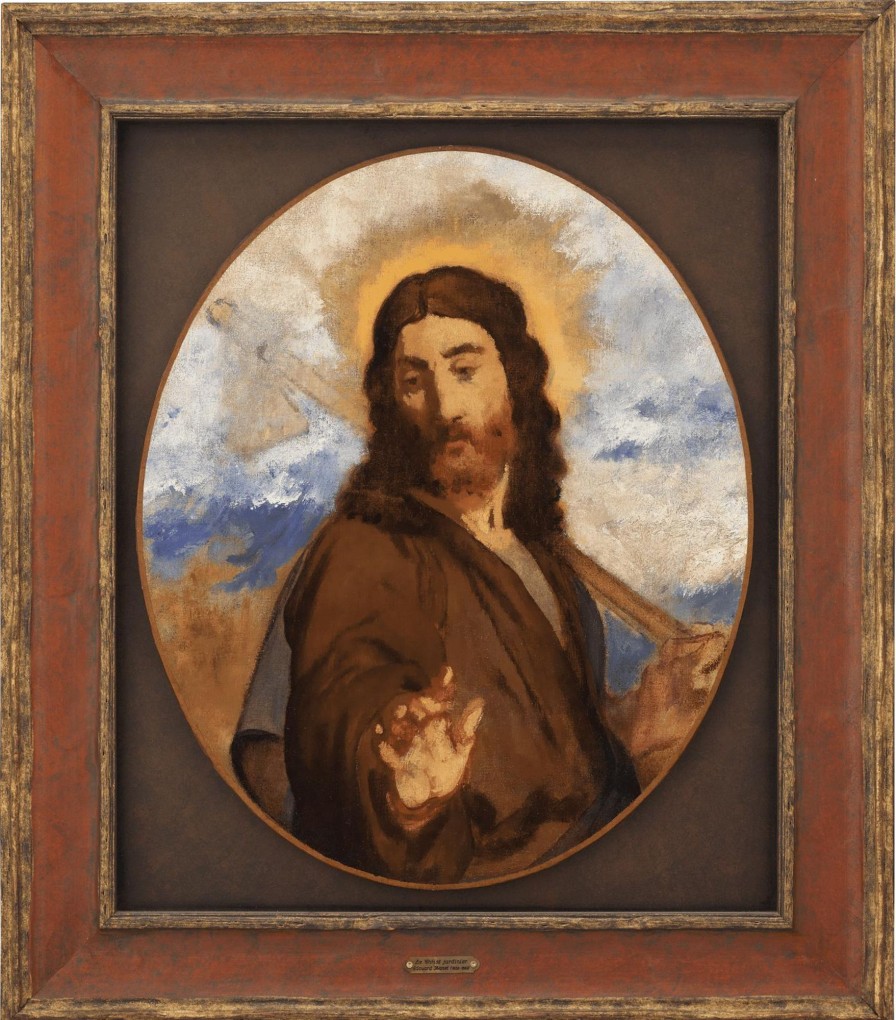
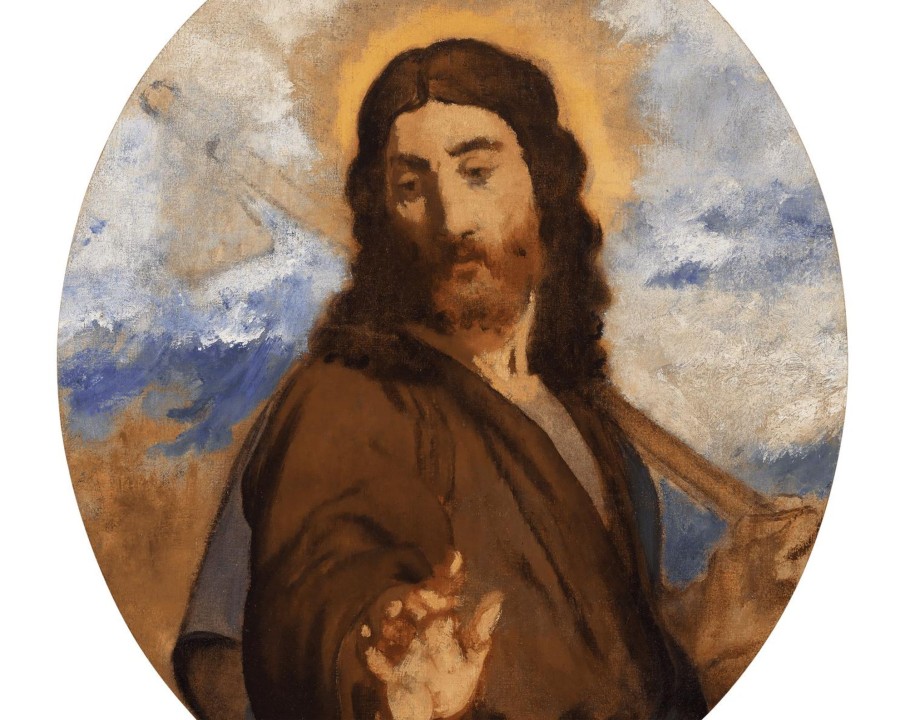
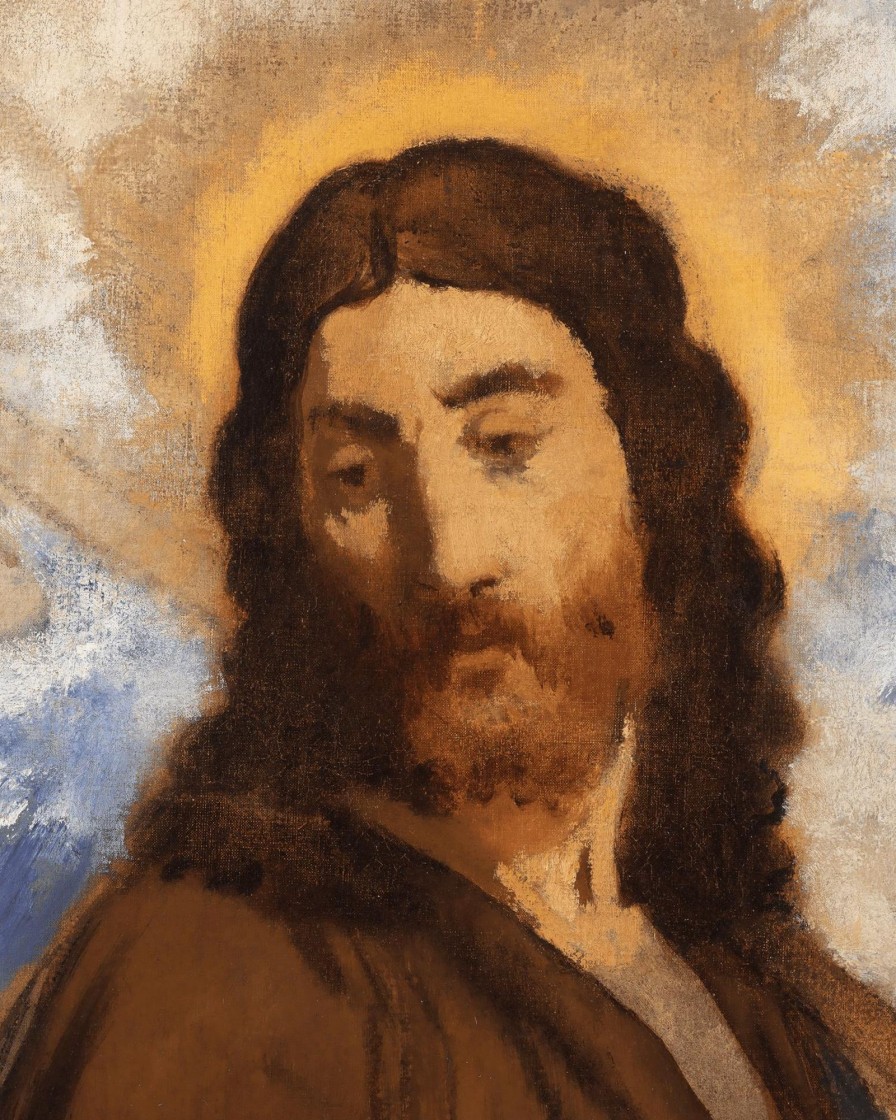






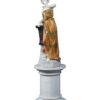



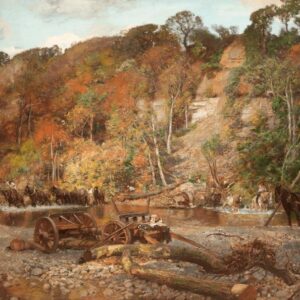


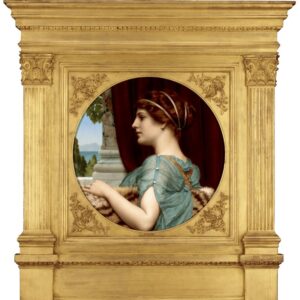
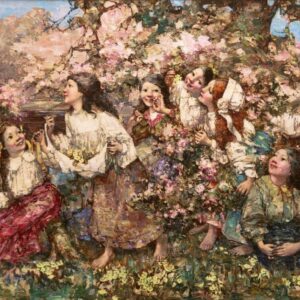

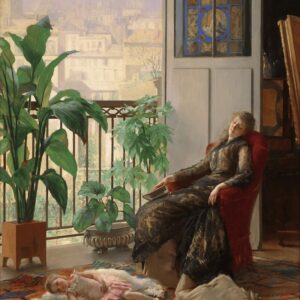


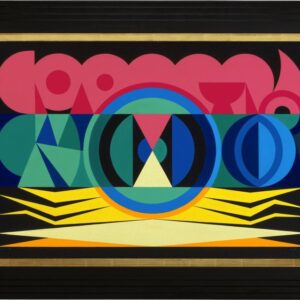

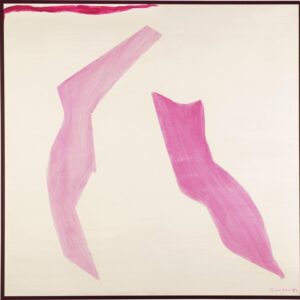
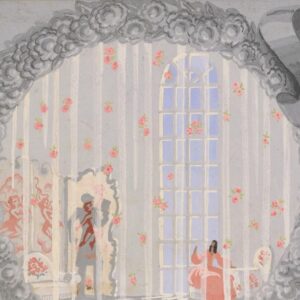

Reviews
There are no reviews yet.